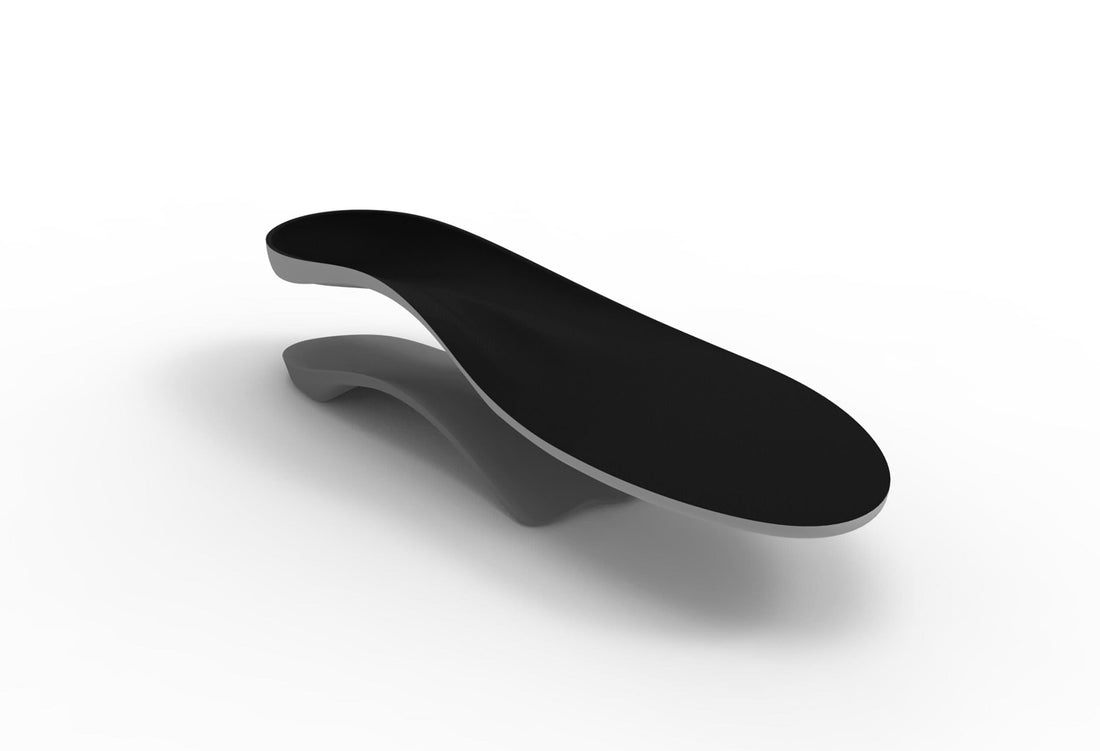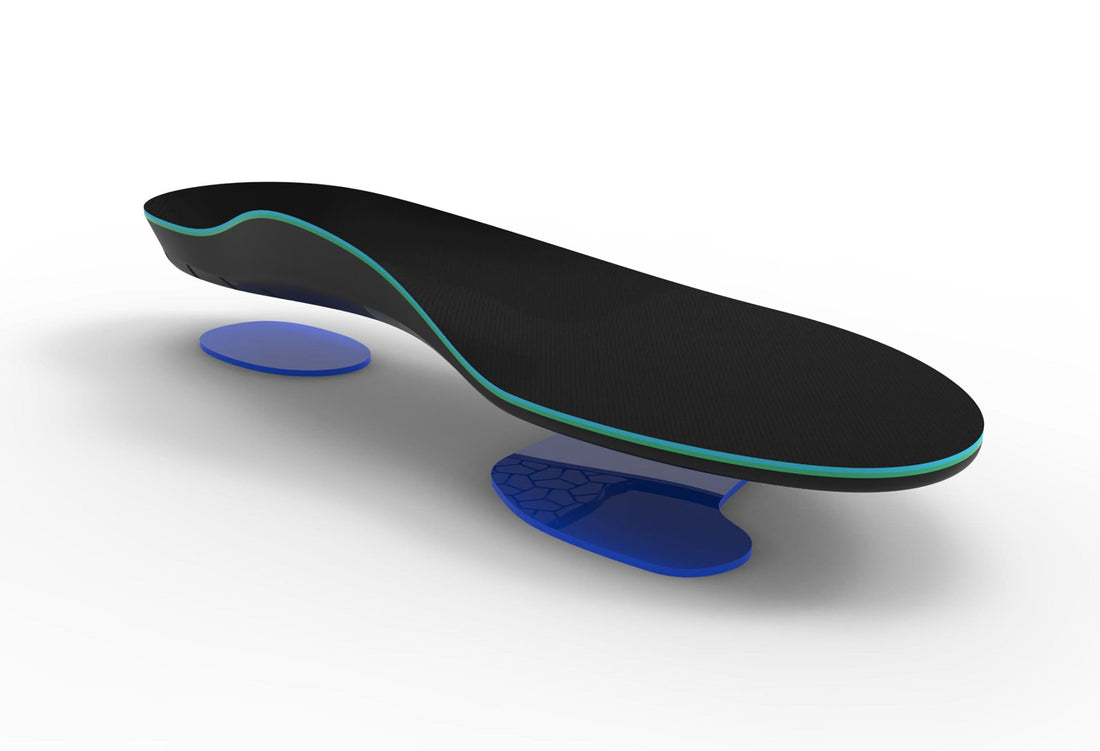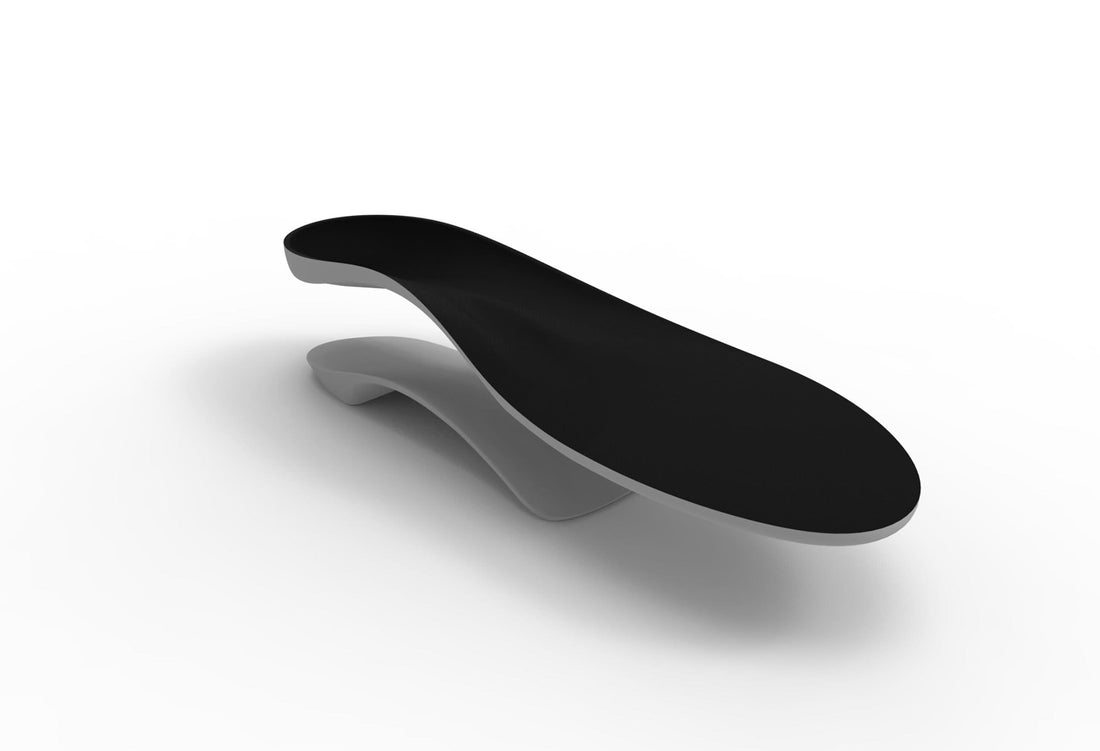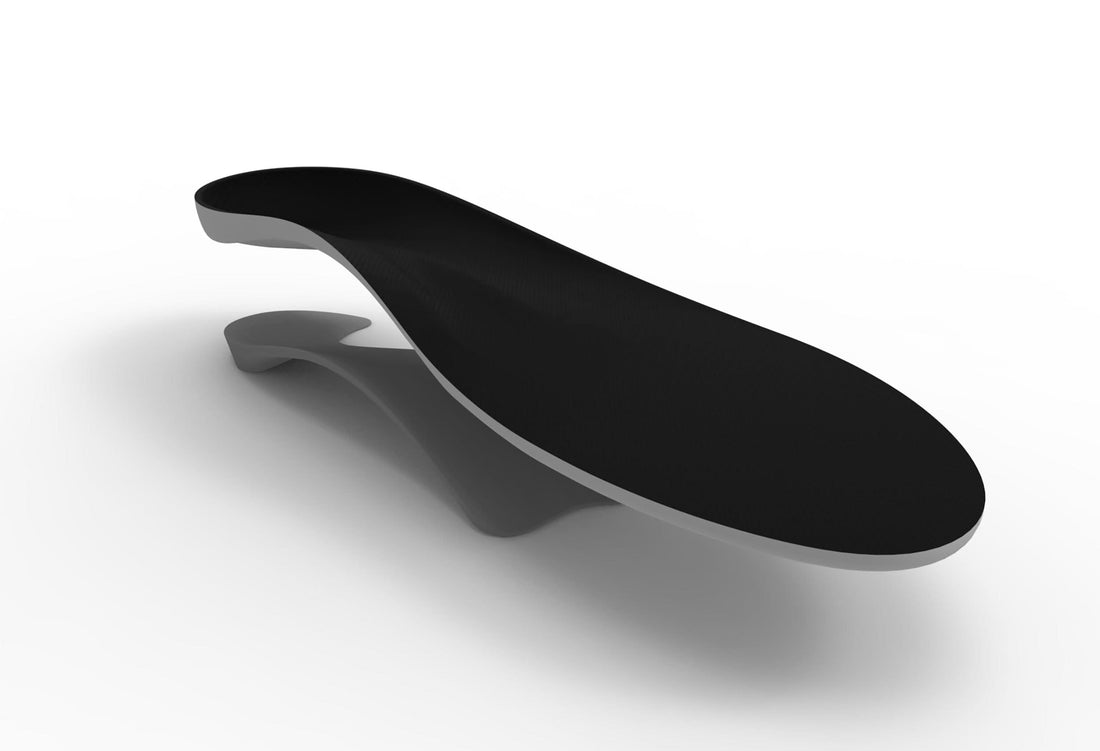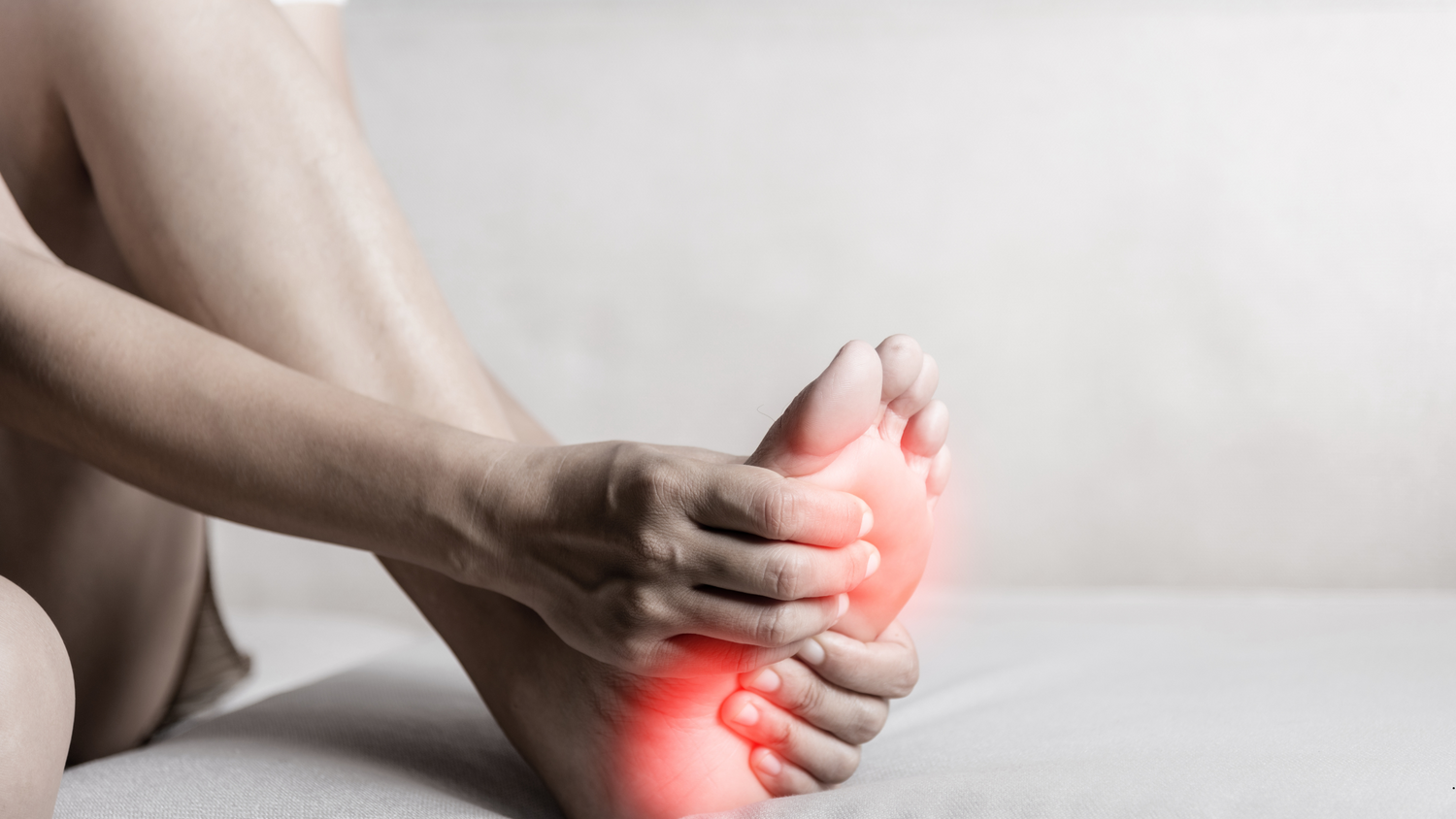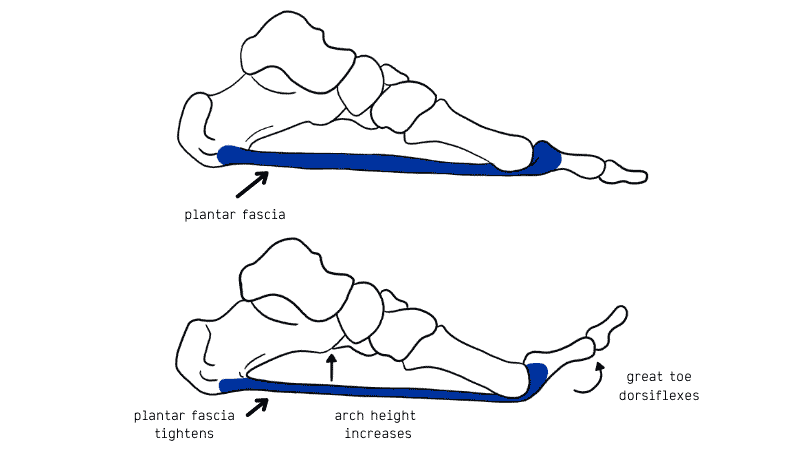Department of Podiatry, School of Human Biosciences, La Trobe University, Melbourne, Australia
Introduction
Foot orthoses are widely used in clinical practice to treat a wide range of different pathologies and to alter foot function. Outcome studies have generally shown that foot orthoses are effective at relieving symptoms that are assumed to be caused by abnormal function of the foot (Landorf et al, 1998). There are several options available to clinicians as to the type of foot orthoses that can be used, as well as numerous different prescription variables.
One fundamental choice is between the more expensive custom made foot orthoses and the relatively less expensive prefabricated devices. Clinically, a number of factors may be considered before a decision is made as to the use of a custom made foot orthoses versus a prefabricated device including price, longevity, fit to the foot and immediate availability. The use of a custom made device may be based on the fit to the foot of a custom made foot orthoses versus the mass produced, ‘one shape fits all’ prefabricated foot orthoses. This fit to the foot factor may affect the comfort of the foot orthoses and hence compliance with the use of the device. The aim of this study was to compare the patient’s perceptions of the fit and comfort between a custom made foot orthoses and a prefabricated foot orthoses.
Methods
This study was approved by the Faculty of Health Sciences Human Ethics committee and all participants gave informed consent prior to participation. Participants were recruited from the Department of Podiatry’s teaching clinic.
All consequent patient’s receiving rigid custom made foot orthoses for the clinical management of their presenting complaint were approached to participate in the study. Participants were offered, in addition to the rigid custom made foot orthoses, a rigid prefabricated foot orthoses for them to compare for comfort and fit (figure one). The custom made foot orthoses were made from a plaster of paris cast of the foot and manufactured by a commercial foot orthoses laboratory from polypropylene. The prefabricated foot orthoses used (Interpod Control Tech Flex) came in three different arch heights and has been previously shown to alter rearfoot angle at progressive levels of support from low arch to high arch (Payne et al, 2003).
The choice of which of the three arch heights to use was based on a comparison to the height of the arch of the custom made foot orthoses. Participants were asked to alternate the wearing of both devices for a period of one month when all patients treated with foot orthoses at the teaching clinic are routinely reviewed. At the review participants were asked to give a preference of which of the two foot orthoses was more comfortable and which was a better fit to their footwear. The null hypothesis was that there is no difference between the devices and a chi square analysis was used to test this.
Results
A total of 68 patients were approached to participate in this study, of which 58 agreed to take part. Of these, 49 returned for follow-up at a mean of 32.4 (+8.2) days. The mean age of those agreeing to participate was 40.4 (+18.2).
In response to the question as to which of the two foot orthoses was the more comfortable, 12 (24.5%) preferred the prefabricated device, 28 (57.1%) had no preference and 9 (18.4%) preferred the custom made foot orthoses. There was no statistical difference between the prefabricated and custom made foot orthoses (p=0.87). At the follow-up, the custom foot orthoses of 8 (16.3%) of the participants needed modifying to improve comfort whereas none of the prefabricated foot orthoses needed adjusting for comfort reasons.
In response to the question as to which of the two foot orthoses were a better fit to the range of footwear that they would normally wear the foot orthoses, 5 (10.2%) preferred the prefabricated foot orthoses, 41 (83.7%) had no preference and 3 (6.1%) preferred the custom made foot orthoses. There was no statistical difference between the prefabricated and custom made foot orthoses (p=0.92).
The null hypothesis that there is no difference between the custom made foot orthoses and prefabricated foot orthoses in terms of patient’s perception of comfort and fit to footwear is not rejected.
Discussion
This study has shown that there is no difference between rigid custom made foot orthoses and the Interpod Flex prefabricated foot orthoses when participants were asked to compare them on comfort and fit to their footwear. Previous studies have shown no clinical differences between softer prefabricated and rigid custom made foot orthoses (Landorf et al, 2003; Pfeffer et al, 1999), so this study that used a more rigid prefabricated foot orthoses does not support the use of custom made foot orthoses in preference to rigid prefabricated foot orthoses based on comfort.
The Interpod Flex prefabricated foot orthoses used in this study were made out of a Flexible material which incorporated a heel post (figure one), so have similar design to the type of custom made foot orthoses of the type most commonly used. In the outcome studies that have compared other prefabricated foot orthoses and custom made foot orthoses (Landorf et al, 2003), the prefabricated devices were made from more bulky softer materials than the type that we used. These more bulky and softer foot orthoses may have a different comfort and fit profile compared to the less bulky and more rigid devices used in the current study.
A limitation of this study is that clinical outcomes of the two different foot orthoses were not compared. The nature of the study design was that participants were given two devices to compare for comfort and fit and wear them on alternate days, so it is not possible to decide which of the two devices may have been responsible for the therapeutic effect. A previous study has shown that the Interpod Flex used in this study can change the rearfoot angle (Payne et al, 2003), so it could be assumed that they could result in a therapeutic effect, as the aim of the custom made foot orthoses used by participants in this study was aimed at changing rearfoot position.
As there is no difference between the comfort and fit of Interpod Flex prefabricated foot orthoses and custom made foot orthoses, further consideration of the use of these devices clinically is warranted, especially given the cost differences between the devices.
References
Landorf
Payne CB, Oates M, Mitchel A: The response of the foot to prefabricated orthoses of different arch heights. Australasian Journal of Podiatric Medicine 36(1)7-12 2002
Pfeffer G, Bacchetti P, Deland J, Lewis A, et al: Comparison of custom and prefabricated orthoses in the initial treatment of proximal plantar fasciitis. Foot & Ankle International 20:214-221 1999


